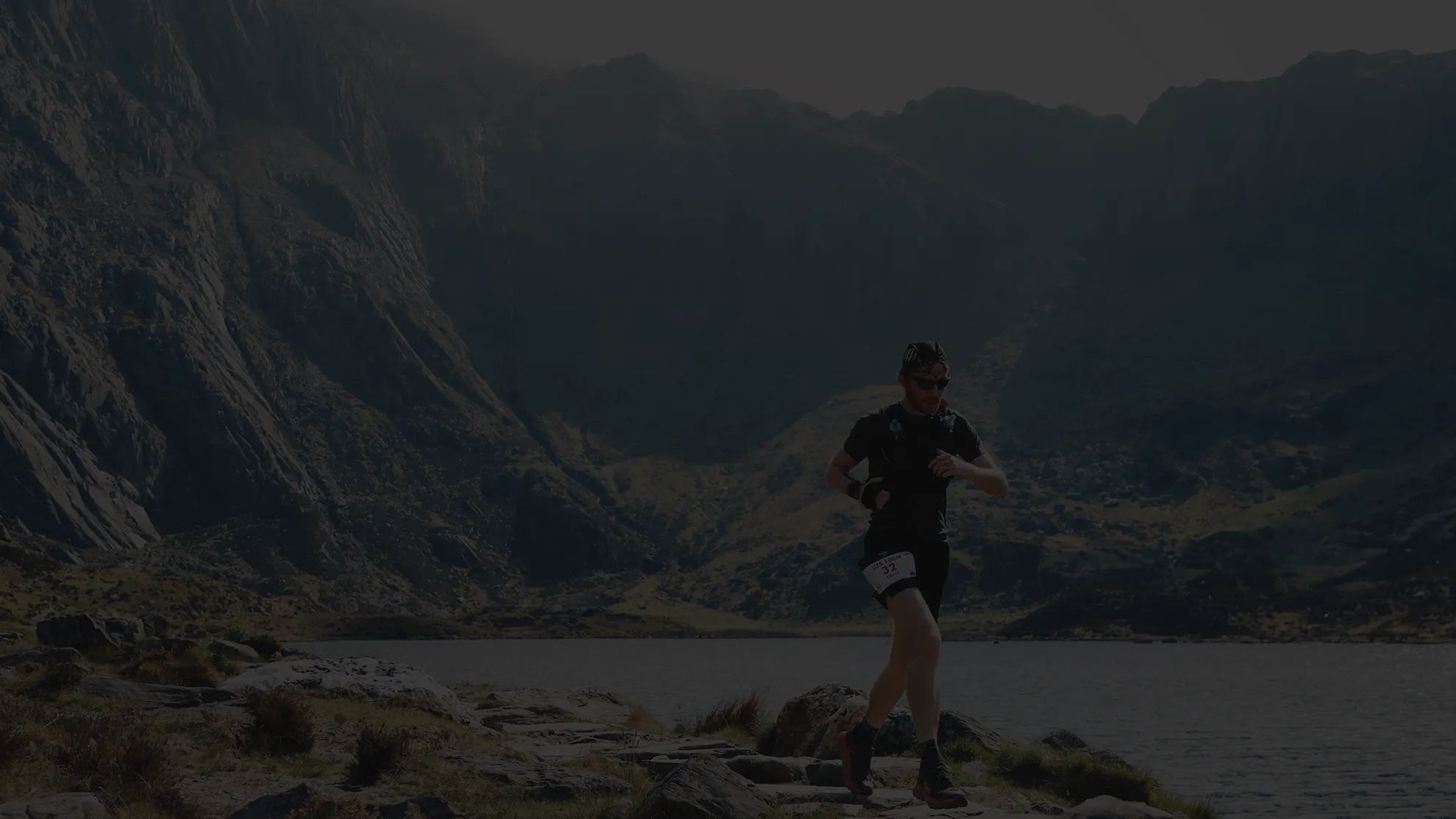
Welcome to sbrx
Thank you to everyone's support in 2024. We have something exciting planned for 2025 - submit your email below to be the first to hear.
Customer support
For support with orders placed in 2024 please contact us at support@sbrx.co.

Thank you to everyone's support in 2024. We have something exciting planned for 2025 - submit your email below to be the first to hear.
For support with orders placed in 2024 please contact us at support@sbrx.co.